By: Benjamin Pykles and Ryan Saltzgiver, Church History Department,https://history.churchofjesuschrist.org/landing/church-history-library?lang=eng&y_source=1_MzA1ODU2NzAtNzE1LWxvY2F0aW9uLndlYnNpdGU%3D The Church of Jesus Christ of Latter-day Saints
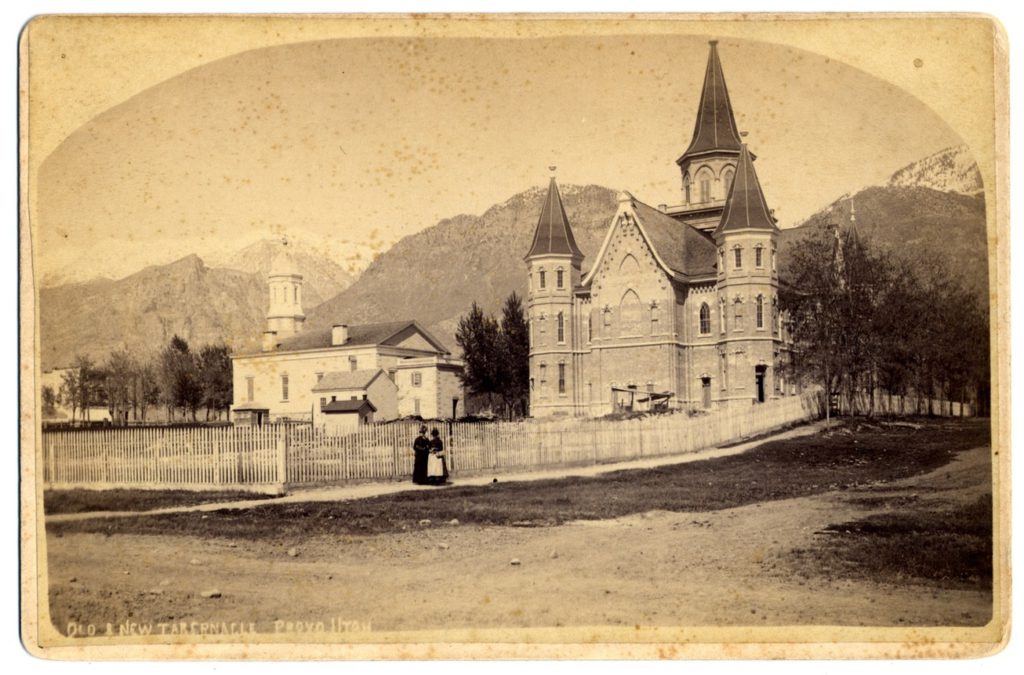
In October 2011, The Church of Jesus Christ of Latter-day Saints (Church) announced that the Provo Tabernacle, destroyed by a catastrophic fire the previous December, would be restored and converted into a second temple for Provo. Following the announcement, staff from the historic sites division of the Church’s History Department partnered with Brigham Young University (BYU) to locate, document, and excavate the remains of an even older tabernacle in Provo.
The Original Provo Tabernacle, completed in the mid-1860s, was a three-story adobe building, 81 feet long and 47 feet wide, with a substantial stone foundation. An 80-foot domed belfry sat atop the tabernacle’s northern end. From 1867, when Church Apostle John Taylor dedicated the edifice, until 1882, when construction of the second tabernacle began, the Original Provo Tabernacle served as the center of worship, education, and social life for members of the Church’s Utah Stake. Although many of the first tabernacle’s functions shifted to the second tabernacle once that building was completed, Provo’s two tabernacles stood side by side for more than 35 years. The Original Tabernacle, suffering from significant disrepair, was razed in 1919.

The Ground Penetrating Radar Study
With help from the Department of Geological Sciences at BYU, a ground-penetrating radar (GPR) study was conducted in 2011, which located the potential buried remains of the original tabernacle. Test excavations by BYU’s Office of Public Archaeology (OPA), confirmed the results of the GPR surveys, exposing a substantial stone foundation, 4 feet wide and up to 5.5 feet high, just two feet below the modern surface.
Once the buried remains of the original tabernacle were confirmed, the Church sponsored a complete archaeological excavation to document and record this significant historic structure. Archaeologists and students with OPA worked intensively from January to March 2012 to fully excavate the site.
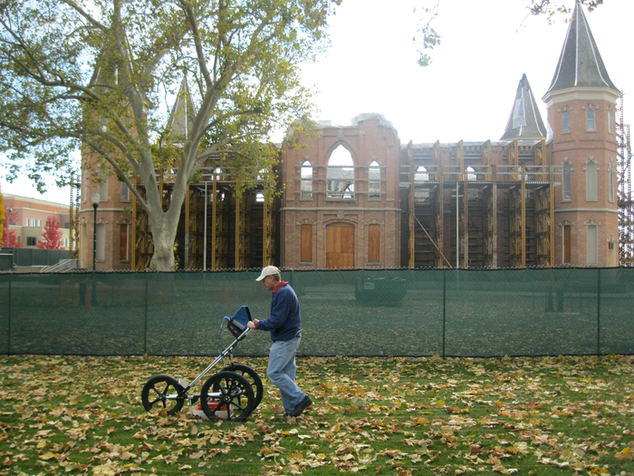
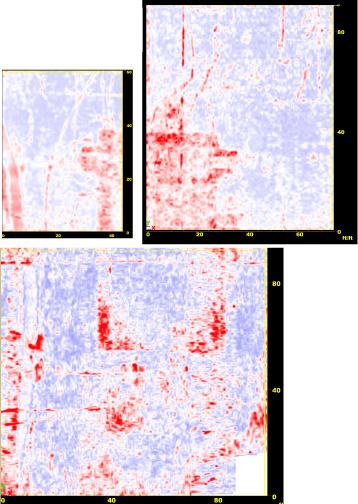
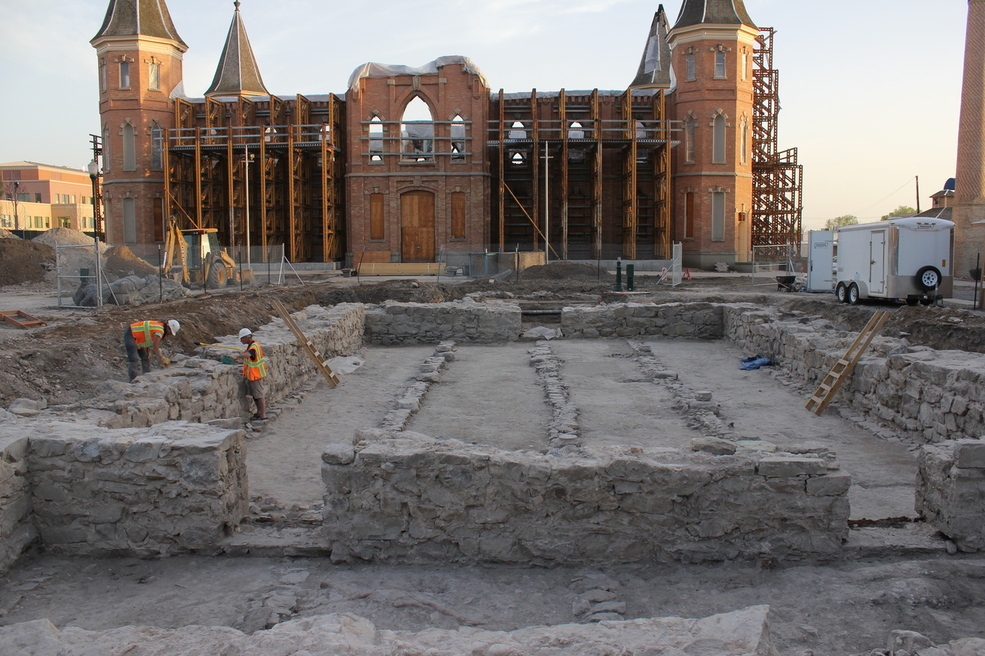
The entire foundation and interior of the original tabernacle’s basement was uncovered, and many interesting artifacts were recovered. Numerous small objects, like buttons, toys, coins, jewelry, and slate pencils were found, after being lost through the cracks between the tabernacle’s floorboards by those who used the space for worship, education, and other community activities. Large quantities of brightly painted and intricately patterned original plaster fragments were also recovered, revealing how the tabernacle’s interior was a vibrant, colorful, and well-decorated space.
You can read more about the excavations and recovered artifacts here. You can also watch this short video that features the highlights of this significant archaeological excavation.
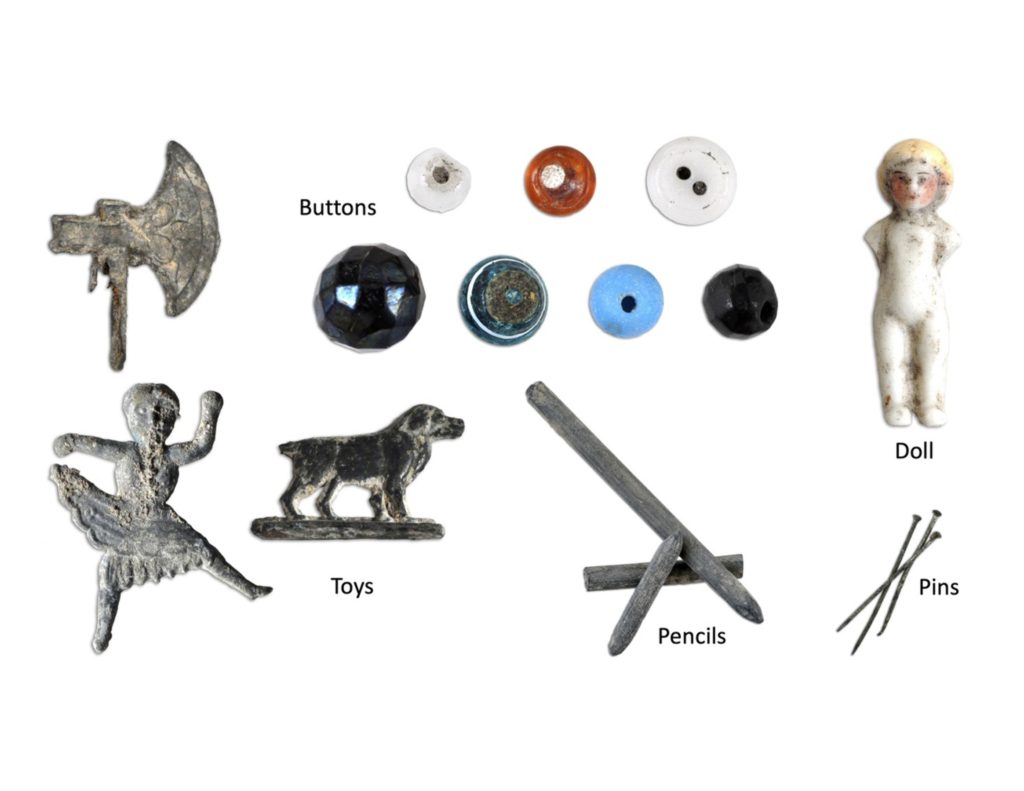
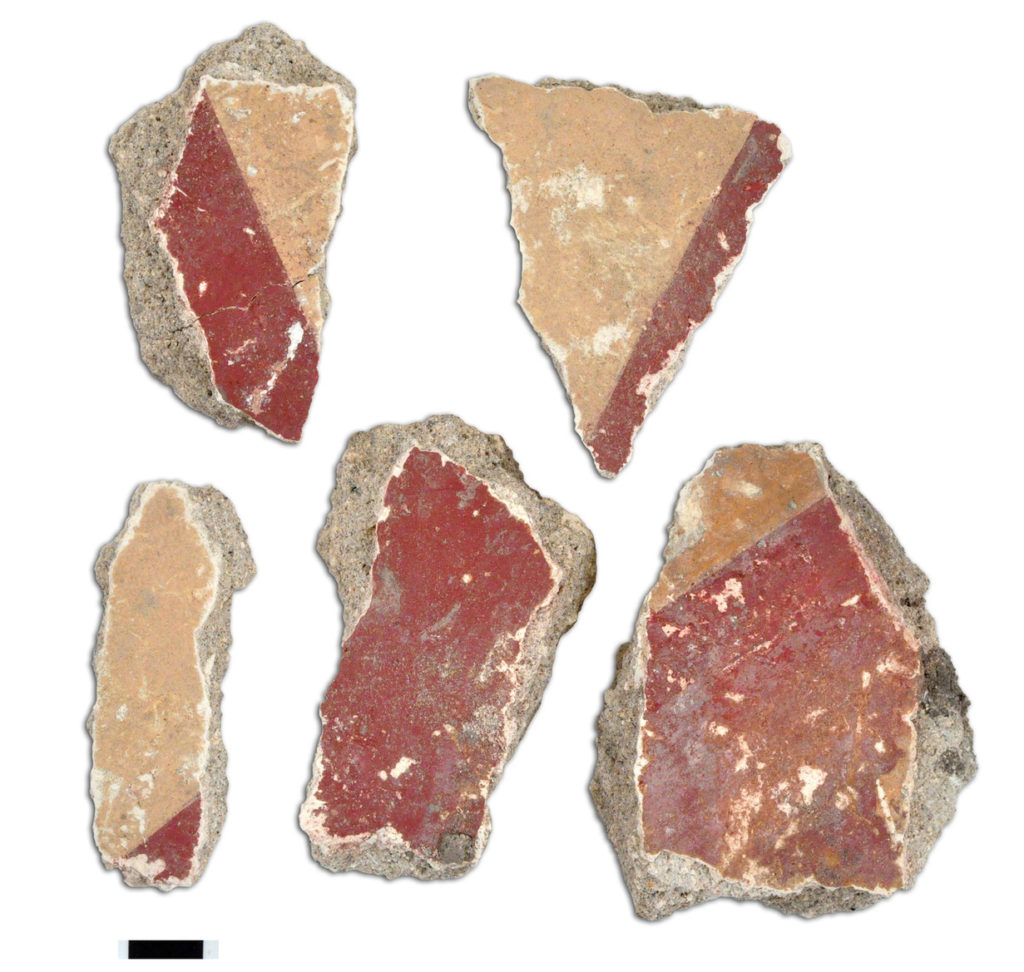
In anticipation of the groundbreaking ceremony and future construction activities at the site, the southern half of the original tabernacle’s foundation was removed shortly after the excavation was finished. Before the stones were removed, the entire site was recorded using state-of-the-art LiDAR (Light Detection and Ranging) scanning technology. Following their removal, the foundation stones were donated to Provo City.
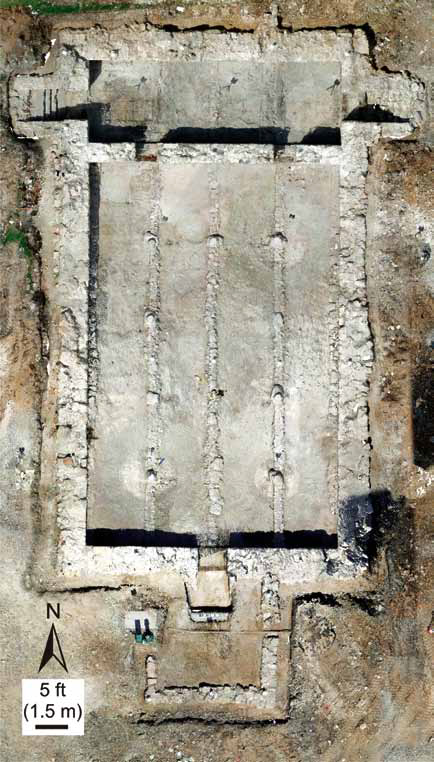
The recovered artifacts are now housed at the BYU Museum of Peoples and Cultures. Some of the more significant artifacts were included in an exhibit viewed by more than 800,000 visitors to the Provo City Center Temple’s open house in early 2016. An online exhibit was also created for those who could not attend the open house.
In appreciation for the unprecedented efforts, the Provo City Landmarks Commission presented the Church and OPA with a special recognition award “For contributing to the understanding of Provo’s heritage by conducting archaeological excavation and documentation at the site of the 1867 LDS Tabernacle in downtown Provo, Utah.”
The excavation of the Original Provo Tabernacle was one of the largest urban archaeological projects ever conducted in the state of Utah. It is also a wonderful example of what can be accomplished when preservation-minded partners work together to carefully manage the historical and cultural resources of our great state.
For those interested in a deep dive on the history and archaeology of the Original Provo Tabernacle, check out the following:
- Ryan W. Saltzgiver, “Prototype for Zion: The Original Provo Tabernacle and the Construction of Mormon Zion in the American West.” Master’s thesis, Brigham Young University, 2015.
- John H. McBride, Benjamin C. Pykles, Emily Utt, and R. William Keach II, “Rediscovering Provo’s First Tabernacle with Ground-Penetrating Radar,” BYU Studies Quarterly 51(2): 61-77.
Interested in working for the Church History Department? Learn more here.












